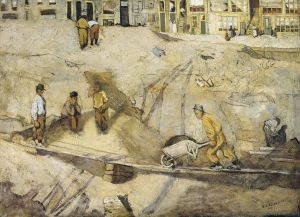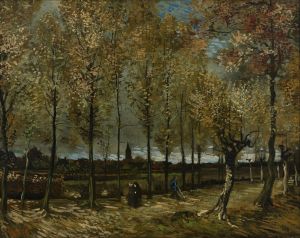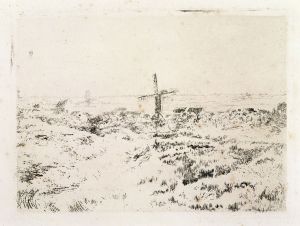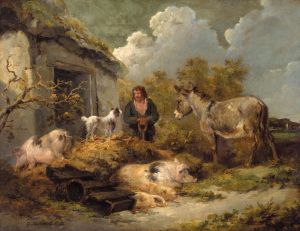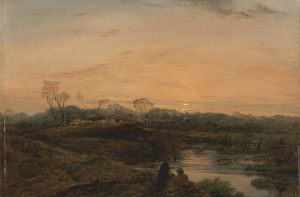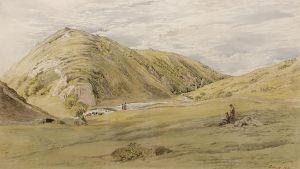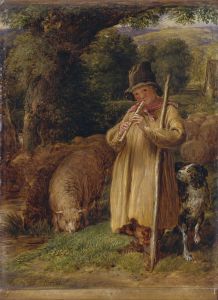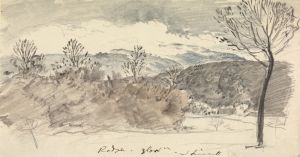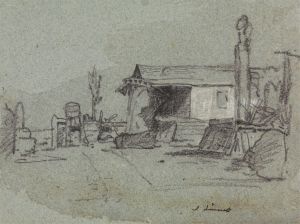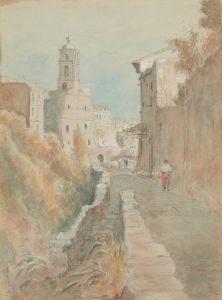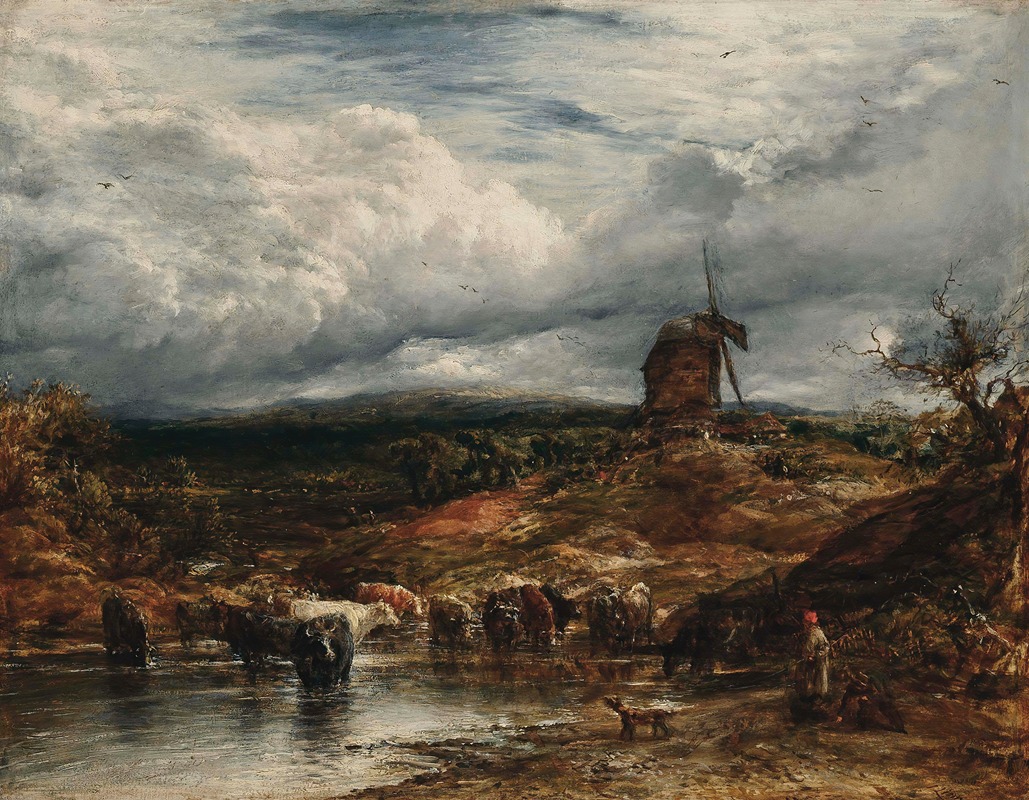
The windmill
A hand-painted replica of John Linnell’s masterpiece The windmill, meticulously crafted by professional artists to capture the true essence of the original. Each piece is created with museum-quality canvas and rare mineral pigments, carefully painted by experienced artists with delicate brushstrokes and rich, layered colors to perfectly recreate the texture of the original artwork. Unlike machine-printed reproductions, this hand-painted version brings the painting to life, infused with the artist’s emotions and skill in every stroke. Whether for personal collection or home decoration, it instantly elevates the artistic atmosphere of any space.
John Linnell (1792–1882) was a prominent British painter and engraver, known for his landscape paintings and portraits. His works often reflected a deep appreciation for nature and rural life, influenced by the Romantic movement. Among his notable works is The Windmill, a painting that exemplifies his skill in capturing the serene beauty of the English countryside.
The Windmill is a landscape painting that depicts a rural scene featuring a windmill, a common and iconic structure in 19th-century England. The painting showcases Linnell's mastery of light and shadow, as well as his attention to detail in rendering natural elements such as trees, fields, and skies. The composition is balanced, with the windmill serving as a focal point, surrounded by a tranquil rural setting. Linnell's use of warm, earthy tones and soft brushwork creates a sense of harmony and peace, characteristic of his landscape art.
Linnell was a contemporary and associate of other notable artists of the period, including William Blake and Samuel Palmer. While he is often overshadowed by his more famous peers, Linnell's work has been praised for its technical precision and emotional depth. His landscapes, including The Windmill, reflect his interest in the pastoral and his ability to convey the quiet dignity of rural life.
The exact date of creation for The Windmill is not definitively documented, but it is consistent with Linnell's body of work from the mid-19th century. The painting is representative of his mature style, which often combined elements of realism with a Romantic sensibility. Linnell's landscapes were influenced by his religious beliefs and his admiration for the natural world, which he saw as a reflection of divine creation.
Today, The Windmill is recognized as an example of Linnell's contribution to British landscape painting. While not as widely known as some of his other works, it remains a testament to his skill as an artist and his ability to capture the essence of rural England. The painting is held in a private collection or museum, though specific details about its current location and provenance are not readily available.
Linnell's legacy as an artist lies in his ability to blend technical skill with a deep emotional connection to his subjects. The Windmill continues to be appreciated by art historians and enthusiasts for its beauty and its reflection of 19th-century rural life.






